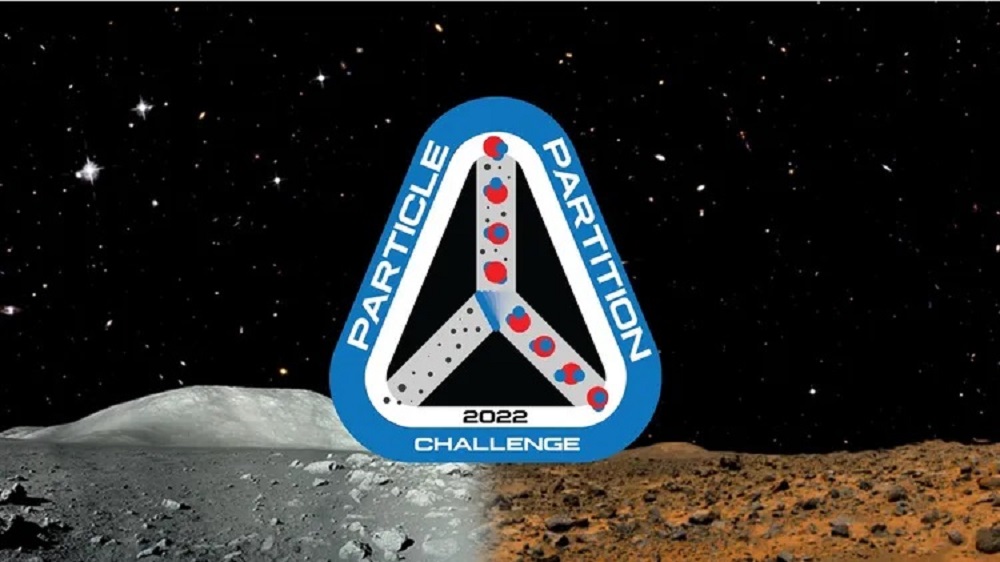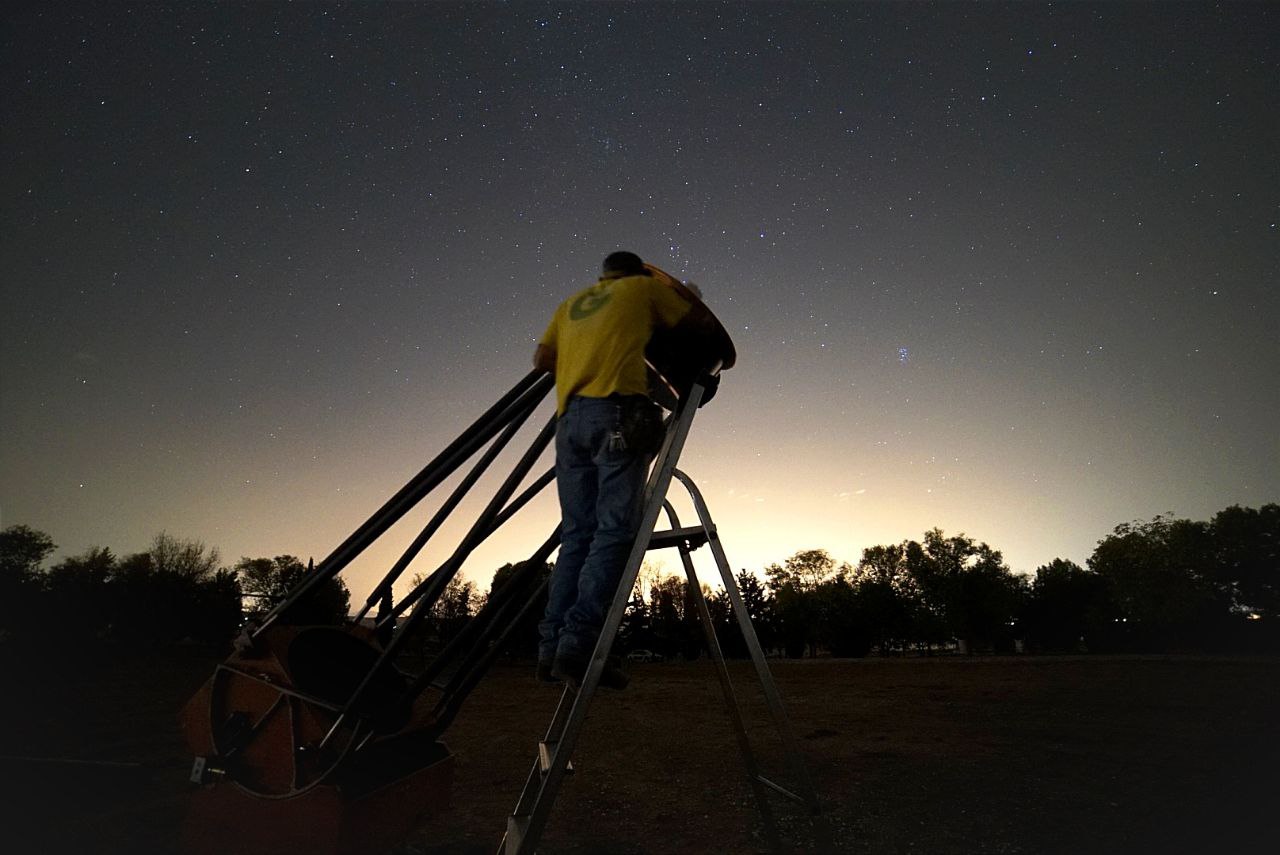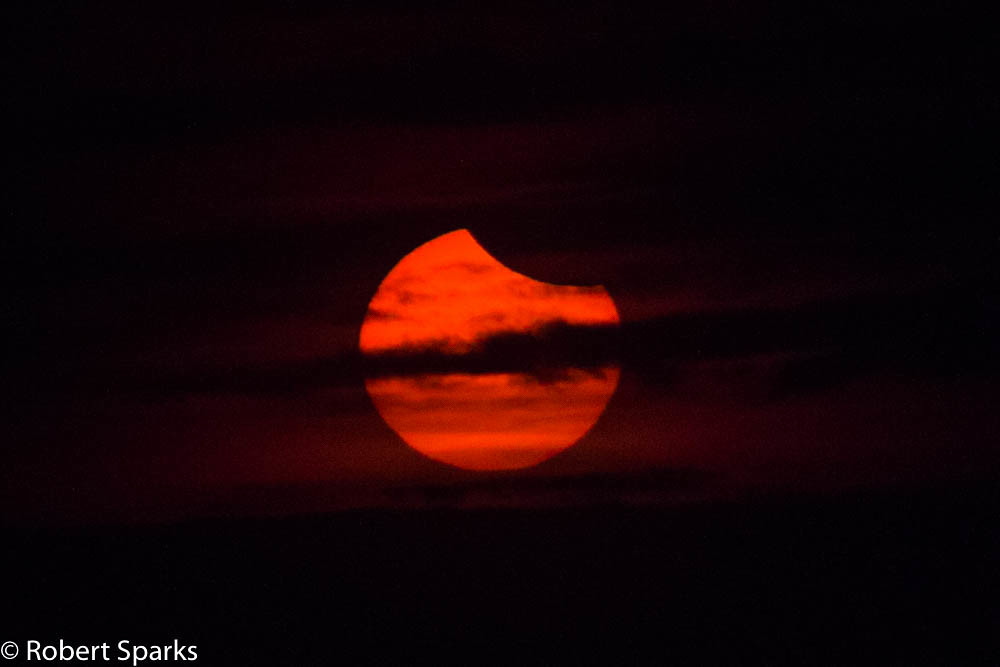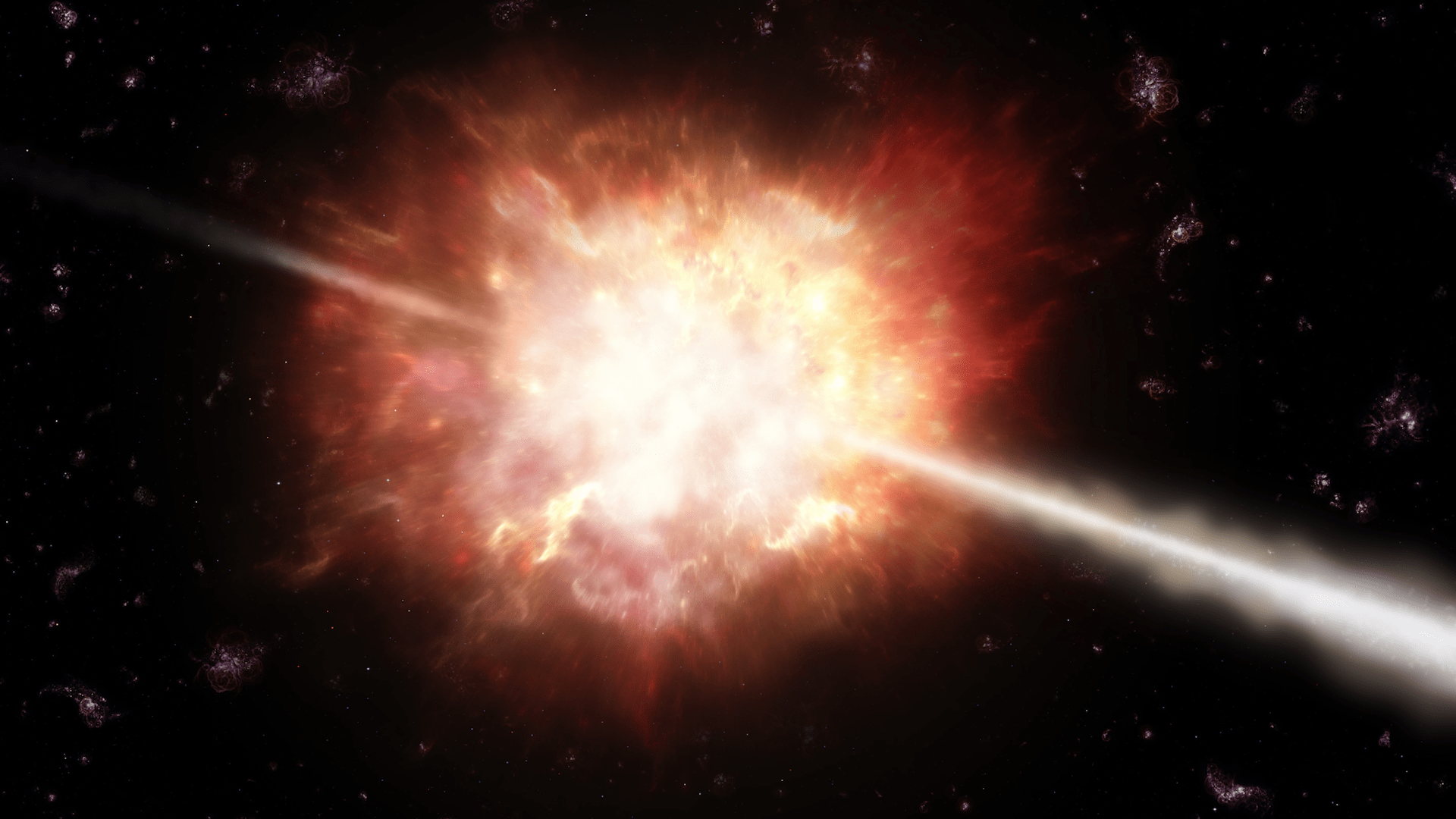In June, NASA announced that it had commissioned an independent study team to investigate unidentified aerial phenomena (UAPs) from a scientific perspective. Last week, NASA announced the members of the independent team that will study observed events in the sky that cannot be identified as aircraft or natural phenomena. These sixteen individuals, a collection of scientists and researchers from premier institutions across the U.S., will analyze all possible data sources that could help NASA and other agencies learn more about this phenomenon.
Continue reading “NASA Announces the Team who'll be Studying UFO Data. It's a Pretty Impressive List”Here are Four Ways JWST Could Detect Alien Life

Less than a year after it went to space, the James Webb Space Telescope (JWST) has already demonstrated its worth many times over. The images it has acquired of distant galaxies, nebulae, exoplanet atmospheres, and deep fields are the most detailed and sensitive ever taken. And yet, one of the most exciting aspects of its mission is just getting started: the search for evidence of life beyond Earth. This will consist of Webb using its powerful infrared instruments to look for chemical signatures associated with life and biological processes (aka. biosignatures).
The chemical signatures vary, each representing a different pathway toward the potential discovery of life. According to The Conversation’s Joanna Barstow, a planetary scientist and an Ernest Rutherford Fellow at The Open University specializing in the study of exoplanet atmospheres, there are four ways that Webb could do this. These include looking for chemicals that lifeforms depend on, chemical byproducts produced by living organisms, chemicals essential to maintaining a stable climate, and chemicals that shouldn’t coexist.
Continue reading “Here are Four Ways JWST Could Detect Alien Life”Clearing the Air on a Trip to Mars: the NASA Particle Partition Challenge!
In the coming decade, NASA and the China National Space Agency (CNSA) will send the first astronaut crews to Mars. Unlike missions to the International Space Station (ISS) or the Moon, crewed missions to Mars present several unique challenges because of the distance and transit times involved. For instance, it is only practical to send missions to Mars when our two planets are closest to each other in their orbits (known as “Opposition“), which occurs every 26 months. Even then, it can take up to nine months for spacecraft to reach Mars, creating all kinds of logistics headaches.
On top of that, there’s the need for life support systems that will maintain a breathable atmosphere inside the spacecraft. Like the system that allows astronauts to live aboard the ISS for extended periods, methods are needed to scrub waste carbon from the air and safely sequester it. HeroX, the world’s leading platform for crowdsourced solutions, has launched the NASA Particle Partition Challenge. With a total prize purse of $45,000, this competition is looking for innovative ideas on how to ensure that astronauts can breathe comfortably on the way to Mars!
Continue reading “Clearing the Air on a Trip to Mars: the NASA Particle Partition Challenge!”Occultation Chasers Nab the Shadow of Didymos, Post DART Impact
A worldwide team of dedicated observers ‘stood in the shadow’ of asteroid Didymos recently, as it passed in front of a distant star.
Amateur astronomers continue to provide key scientific observations, even in the modern era. This was highlighted recently, when a team of dedicated observers caught a series of occultation of a distant stars involving asteroid 65803 Didymos.
Continue reading “Occultation Chasers Nab the Shadow of Didymos, Post DART Impact”Samples Returned From Mars Will be Protected by a Micrometeorite Shield

In a few years, NASA and the ESA will conduct the long-awaited Mars Sample Return (MSR) mission. This mission will consist of a lander that will pick up the samples, an ascent vehicle that will send them to orbit, an orbiter that will return them to Earth, and an entry vehicle that will send them to the surface. This will be the first time samples obtained directly from Mars will be returned to Earth for analysis. The research this will enable is expected to yield new insights into the history of Mars and how it evolved to become what we see today.
Returning these samples safely to Earth requires that protective measures be implemented at every step, including transfer, ascent, transit, and re-entry. This is especially true when it comes to the Earth Entry System (EES), the disk-shaped vehicle that will re-enter Earth’s atmosphere at the end of the mission. In addition to a heat shield, engineers at NASA’s White Sands Test Facility (WSTF) near Las Cruces, New Mexico, are busy testing shielding that will protect the vehicle from micrometeorites and space debris during transit back to Earth and during re-entry.
Continue reading “Samples Returned From Mars Will be Protected by a Micrometeorite Shield”A Monster Black Hole has Been Found Right in our Backyard (Astronomically Speaking)
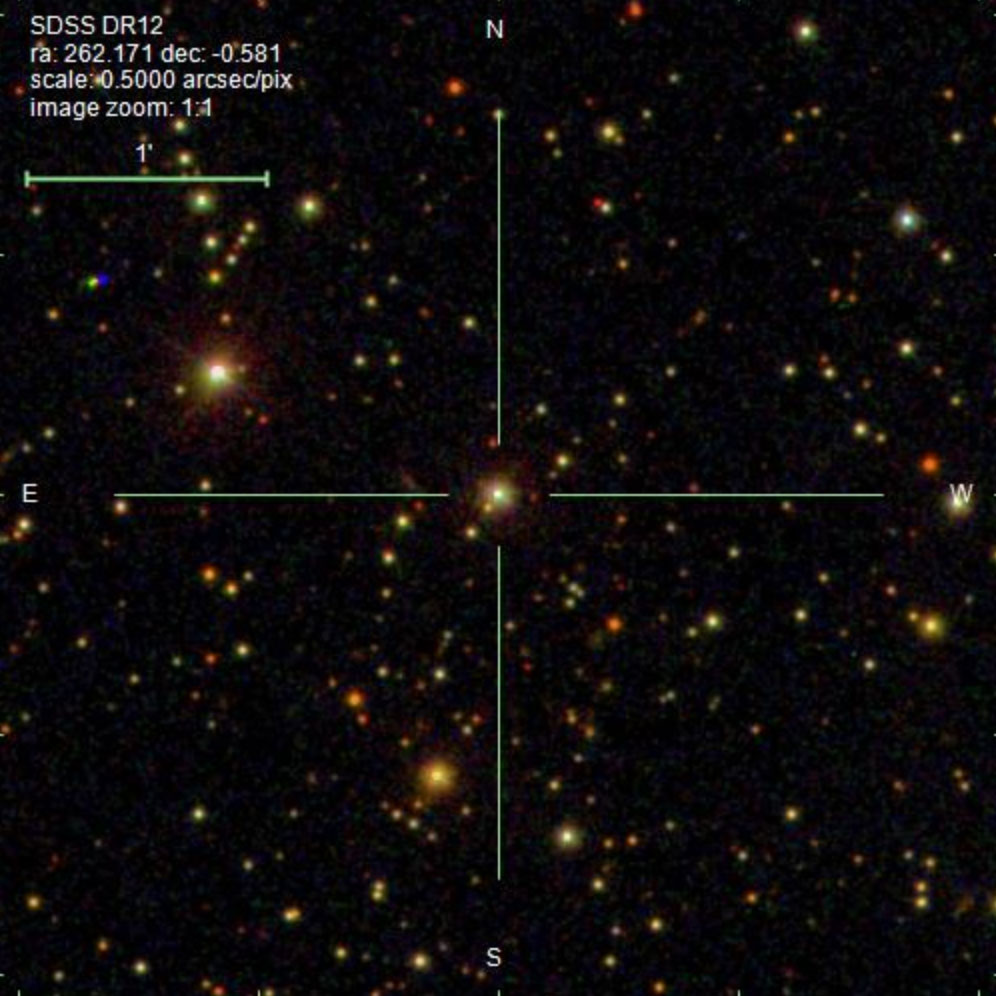
Black holes are among the most awesome and mysterious objects in the known Universe. These gravitational behemoths form when massive stars undergo gravitational collapse at the end of their lifespans and shed their outer layers in a massive explosion (a supernova). Meanwhile, the stellar remnant becomes so dense that the curvature of spacetime becomes infinite in its vicinity and its gravity so intense that nothing (not even light) can escape its surface. This makes them impossible to observe using conventional optical telescopes that study objects in visible light.
As a result, astronomers typically search for black holes in non-visible wavelengths or by observing their effect on objects in their vicinity. After consulting the Gaia Data Release 3 (DR3), a team of astronomers led by the University of Alabama Huntsville (UAH) recently observed a black hole in our cosmic backyard. As they describe in their study, this monster black hole is roughly twelve times the mass of our Sun and located about 1,550 light-years from Earth. Because of its mass and relative proximity, this black hole presents opportunities for astrophysicists.
Continue reading “A Monster Black Hole has Been Found Right in our Backyard (Astronomically Speaking)”Our Guide to Tuesday’s Partial Solar Eclipse for Europe
Europe, the Middle East, and northeast Africa will see the final partial solar eclipse of 2022 next Tuesday.
When it comes to eclipses, a close shave is better than nothing at all. Just such event happens this coming Tuesday on October 25th when the outer shadow of the Moon grazes the northern hemisphere of the Earth, resulting in a fine partial solar eclipse for Europe and surrounding regions.
Continue reading “Our Guide to Tuesday’s Partial Solar Eclipse for Europe”Astronomers Just saw the Most Powerful Gamma-ray Burst Ever Recorded
Gamma-ray bursts (GRBs) are one of the most mysterious transient phenomena facing astronomers today. These incredibly energetic bursts are the most powerful electromagnetic events observed since the Big Bang and can last from a few milliseconds to many hours. Whereas longer bursts are thought to occur during supernovae, when massive stars undergo gravitational collapse and shed their outer layer to become black holes, shorter events have also been recorded when massive binary objects (black holes and neutron stars) merge.
These bursts are characterized by an initial flash of gamma rays and a longer-lived “afterglow” typically emitted in X-ray, ultraviolet, radio, and other longer wavelengths. In the early-morning hours on October 14th, 2022, two independent teams of astronomers using the Gemini South telescope observed the aftermath of a GRB designated GRB221009A. Located 2.4 billion light-years away in the Sagitta constellation, this event was perhaps the closes and most powerful explosion ever recorded and was likely triggered by a supernova that gave birth to a black hole.
Continue reading “Astronomers Just saw the Most Powerful Gamma-ray Burst Ever Recorded”The Asteroid That Killed the Dinosaurs Also Flooded the World's Coastlines With a Catastrophic Tsunami
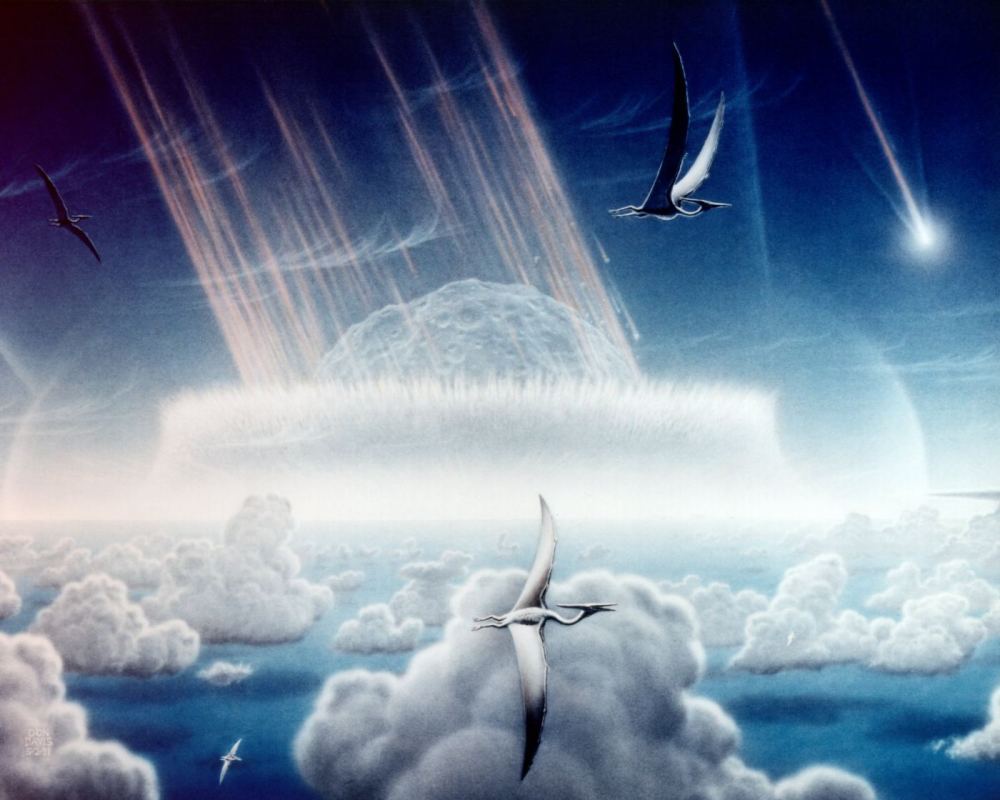
For decades, scientists have theorized that a massive impact caused the Cretaceous-Paleogene extinction event. This event occurred about 66 million years ago and caused the mass extinction of about 75% of all plant and animal species on Earth (including the non-avian dinosaurs). With the discovery of the massive Chicxulub crater in the Yucatan Peninsula (southern Mexico) in the 1970s, scientists concluded that they’d found the impact responsible. Based on all the available data, the Chicxulub Impact event is believed to have been as powerful as 100,000 billion metric tons (110,231 U.S tons) of TNT.
This blast was more powerful than all the nuclear devices in the world combined and sent an estimated 25 trillion metric tons (~27.5 US tons) of hot dust, ash, and steam into the atmosphere, creating a global winter. But according to new research led by the University of Michigan, an international team of geologists has determined that the impact also created a global tsunami. According to their findings, this tsunami was 30,000 times more powerful than the 2004 Indian Ocean tsunami, one of the largest and most devastating tsunamis on record.
Continue reading “The Asteroid That Killed the Dinosaurs Also Flooded the World's Coastlines With a Catastrophic Tsunami”Shortly Before They Collided, two Black Holes Tangled Spacetime up Into Knots

In February 2016, scientists at the Laser Interferometer Gravitational-Wave Observatory (LIGO) announced the first-ever detection of gravitational waves (GWs). Originally predicted by Einstein’s Theory of General Relativity, these waves are ripples in spacetime that occur whenever massive objects (like black holes and neutron stars) merge. Since then, countless GW events have been detected by observatories across the globe – to the point where they have become an almost daily occurrence. This has allowed astronomers to gain insight into some of the most extreme objects in the Universe.
In a recent study, an international team of researchers led by Cardiff University observed a binary black hole system originally detected in 2020 by the Advanced LIGO, Virgo, and Kamioki Gravitational Wave Observatory (KAGRA). In the process, the team noticed a peculiar twisting motion (aka. a precession) in the orbits of the two colliding black holes that was 10 billion times faster than what was noted with other precessing objects. This is the first time a precession has been observed with binary black holes, which confirms yet another phenomenon predicted by General Relativity (GR).
Continue reading “Shortly Before They Collided, two Black Holes Tangled Spacetime up Into Knots”

